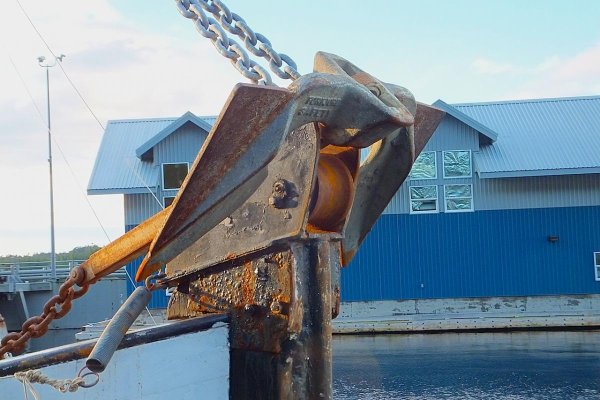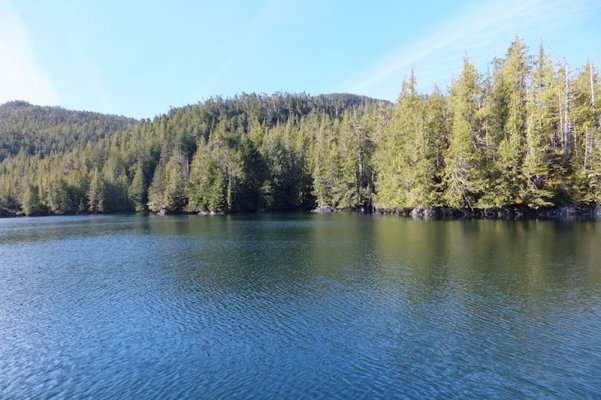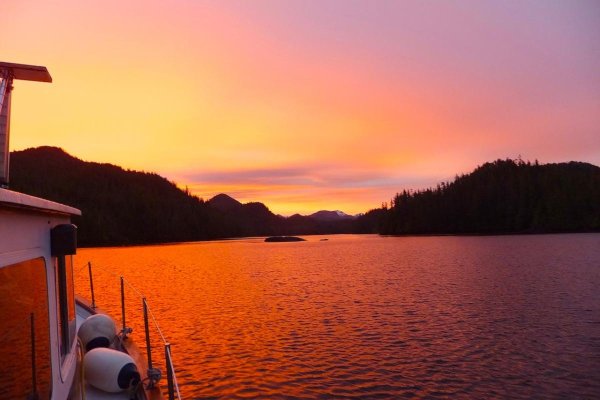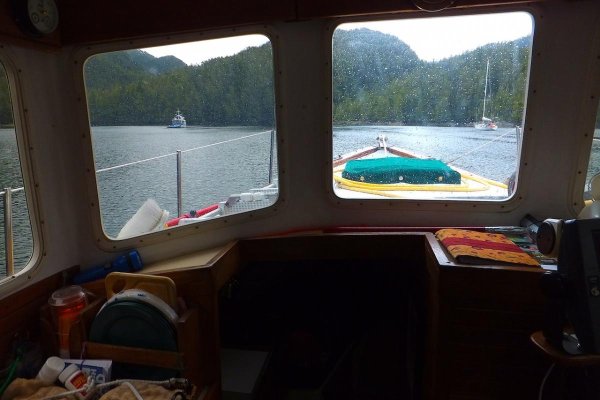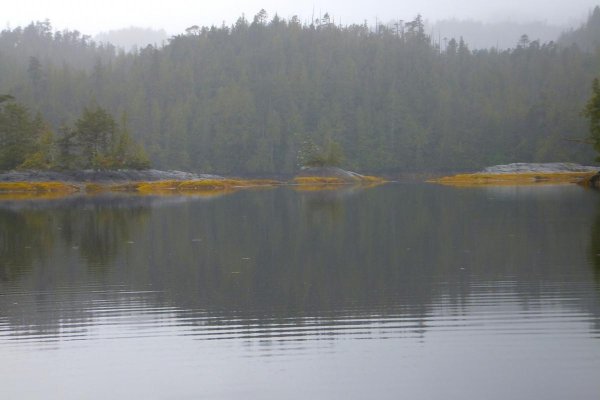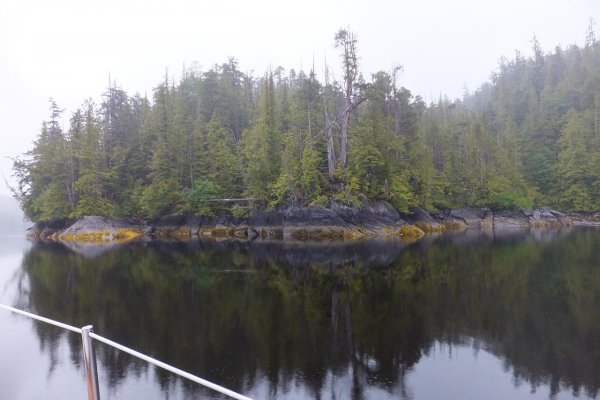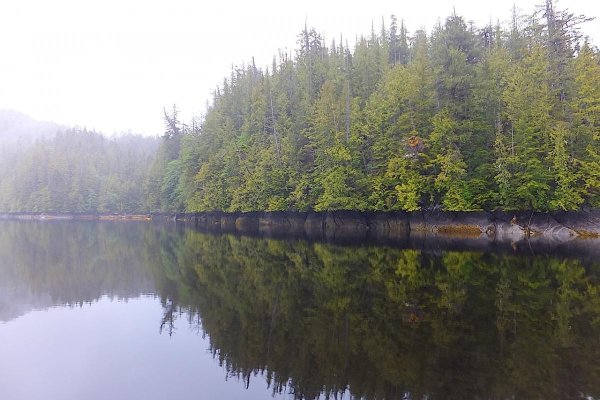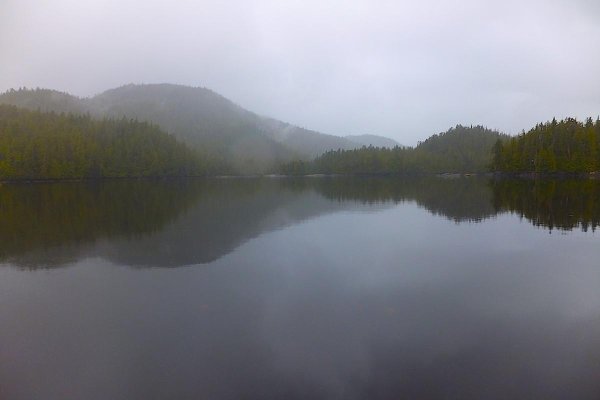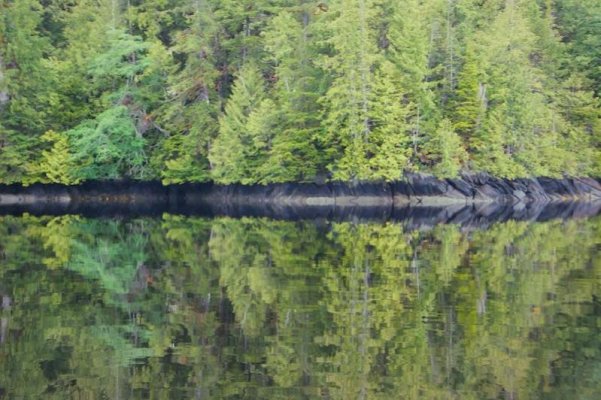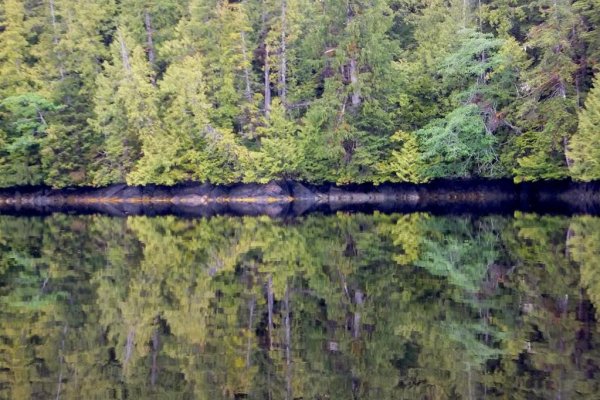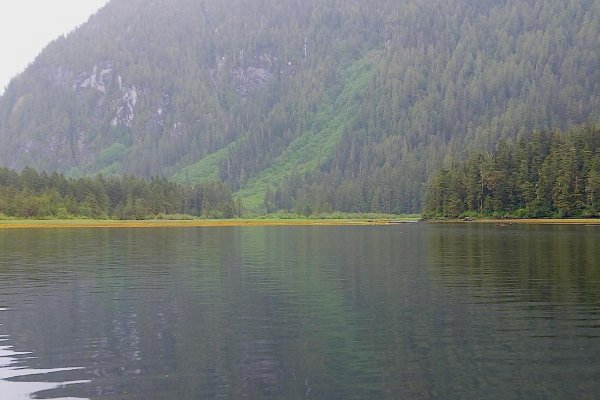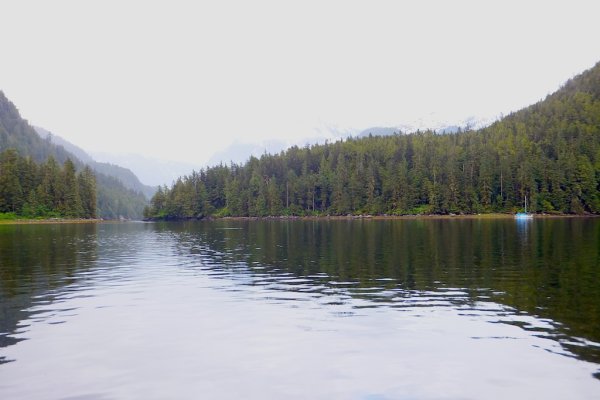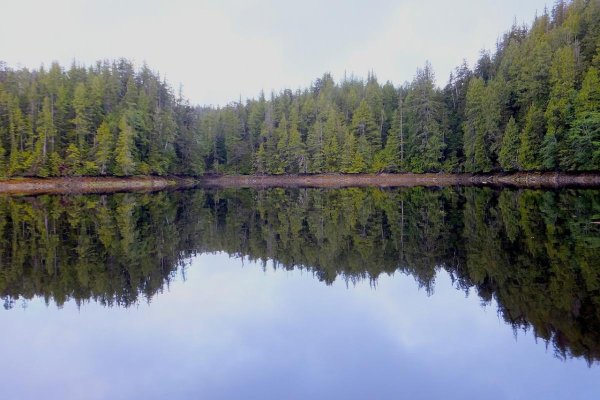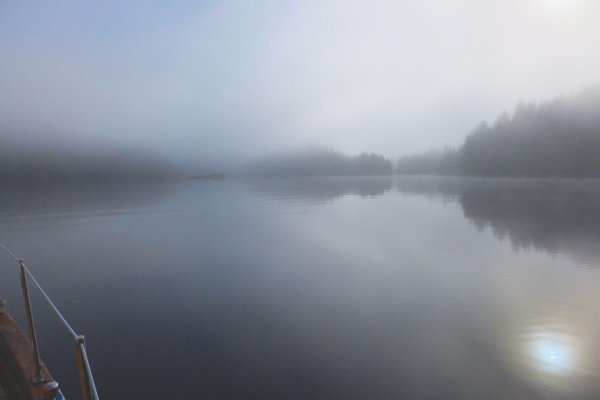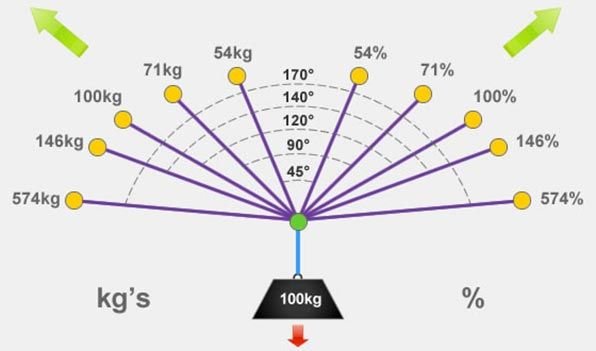Markpierce,
Thanks for making that point.
First, I will stipulate that I know next to nothing about boats and exactly nothing about anchoring, but I have never been sure why anchor sizing recommendations go by boat length or weight. Just looking for some schooling here. When storm anchoring specifically, isn't this about windage? What forces do length or weight of the boat apply to the anchor system?
I have thought that the surface area presented to the wind by my boat to be what I need to consider for anchoring. When pointed into the wind, I think my boat represents a little under 20 square meters of wind surface and then I discount this to 0.7x that since my bow and upper house has a pretty fine entry into the wind and use this smaller coefficient of drag (arbitrary I know but bear with me).
If this is true, I come up with a force of about 350KG at 50 knots (25kg/sq meter).
If the Forfjord weighs 145# and 300' of 3/8 HT adds another 450# and the wind force is less than 1000# then I am not asking much for holding power from the flukes themselves. Even if I double this wind force to add some force for yaw and surge/waves (only if the chain and bridle have ALL the slack pulled out by wind alone) I don't think I get to 2000# total. The flukes then need only supply 400-1400 of holding force. The old Forfjord has pretty large flukes so even if it is not buried to the center of the earth, it should be capable of that, no?
I would really like to get comfortable with this. I do not relish the idea of multiple anchors and the horror of twisted rodes should I need/want to pull the anchor in a hurry when something else breaks loose and is bearing down on me. I do like the swivel shackle referred to in an earlier post if I get convinced I need to do this.
I think being in the PNW is part of why I am tempted to stick with my plan. Wind over 50 knots is pretty rare in my cruising area and depressions that might bring winds higher than this should give me fair enough warning to get to a protected harbor that would not experience winds this high. I never leave my boat anchored out while not on board for very long unless I am in the tender and then I would have bigger problems than my anchored boat if I got surprised by winds over 50 knots. When on the boat I am sure I would be on an anchor watch with anything more than a stiff breeze since I am a nervous Nellie. I read about the winds you East Coasters are forced to deal with and am pretty sure I would not have the cahones to even own a boat if I lived there.
I will probably be hanging on my single old fashioned hook until you guys enlighten me....plus, doesn't the old Forfjord look cool hanging off that hause?



